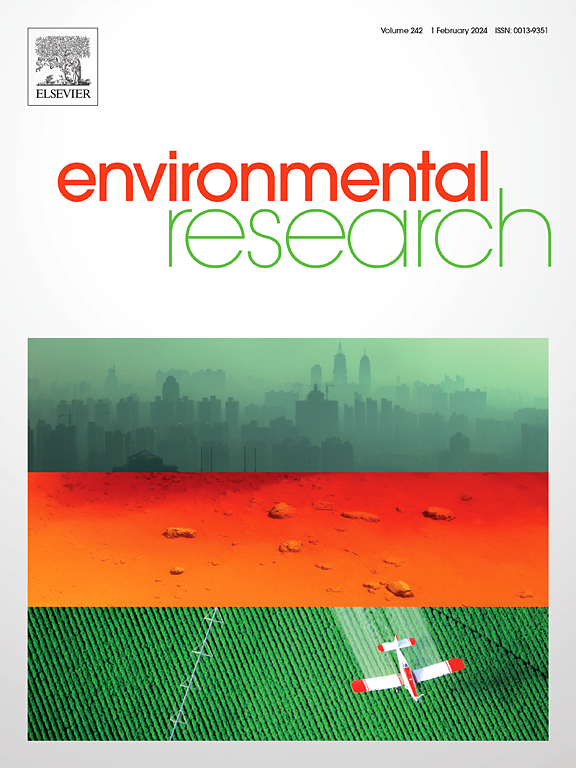Single-step synthesis of nitrogen and phosphorus co-doped biochar and its application in dye removal: synergistic effects of adsorption and peroxymonosulfate activation
IF 7.7
2区 环境科学与生态学
Q1 ENVIRONMENTAL SCIENCES
引用次数: 0
Abstract
In the field of advanced oxidation processes (AOPs), the development of catalysts with environmental friendliness and economic benefits faces multiple difficulties, mainly reflected in the catalytic efficiency, selection specificity, and complexity of the synthesis process. This study, we reported a nitrogen and phosphorus co-doped carbon catalyst (CANP800-1) synthesized by a one-step pyrolysis method. The co-doped catalyst was able to achieve 100 % removal of Acid Orange 7 (AO7) in about 30 min and had a high apparent rate constant (kobs = 0.125 min−1), which is better than unmodified carbon and other single-doped comparative materials. Structural analyses pinpointed that N, P co-doped enhanced specific surface area (1179 m2/g), introduced abundant mesopores, and created a wealth of active sites (such as graphitic nitrogen, C-P bonds) synergistically promoting adsorption and peroxymonosulfate (PMS) activation. The CANP800-1/PMS system had significant adaptability to various water matrices, including pH, coexisting ions, natural organic matter, and real water conditions. A mechanistic investigation confirmed that singlet oxygen (1O2) was essential to the reaction process, while electrochemical studies and DFT simulations validated that N/P-induced enhancement of electron transfer and PMS adsorption took place. This study established an innovative metal-free catalytic system that exhibited remarkable effectiveness in sustainable water treatment, providing distinctive solutions and a theoretical basis for ongoing technical difficulties in industrial wastewater treatment.
氮磷共掺杂生物炭的一步合成及其在染料脱除中的应用:吸附和过氧单硫酸盐活化的协同效应
在高级氧化工艺(AOPs)领域,开发具有环境友好和经济效益的催化剂面临多重困难,主要体现在催化效率、选择特异性和合成过程的复杂性等方面。本研究报道了一步热解法合成的氮磷共掺杂碳催化剂(CANP800-1)。共掺杂催化剂能在30 min左右100%脱除酸性橙7 (AO7),并具有较高的表观速率常数(kobs = 0.125 min−1),优于未改性碳和其他单掺杂比较材料。结构分析表明,N, P共掺杂增强了比表面积(1179 m2/g),引入了丰富的介孔,并创造了丰富的活性位点(如石墨氮,C-P键),协同促进吸附和过氧单硫酸盐(PMS)活化。CANP800-1/PMS系统对各种水基质具有显著的适应性,包括pH、共存离子、天然有机质和实际水条件。机理研究证实了单重态氧(1O2)对反应过程至关重要,而电化学研究和DFT模拟证实了N/ p诱导的电子转移和PMS吸附的增强。本研究建立了一个创新的无金属催化体系,在可持续水处理中表现出显著的效果,为工业废水处理中存在的技术难题提供了独特的解决方案和理论基础。
本文章由计算机程序翻译,如有差异,请以英文原文为准。
求助全文
约1分钟内获得全文
求助全文
来源期刊

Environmental Research
环境科学-公共卫生、环境卫生与职业卫生
CiteScore
12.60
自引率
8.40%
发文量
2480
审稿时长
4.7 months
期刊介绍:
The Environmental Research journal presents a broad range of interdisciplinary research, focused on addressing worldwide environmental concerns and featuring innovative findings. Our publication strives to explore relevant anthropogenic issues across various environmental sectors, showcasing practical applications in real-life settings.
 求助内容:
求助内容: 应助结果提醒方式:
应助结果提醒方式:


